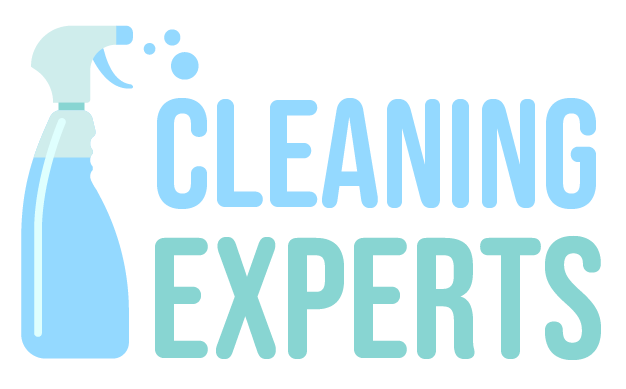How To Maintain Cleaning Equipment
Having all kinds of cleaning tools and equipment makes you ready for any cleaning tasks that require completion. Sadly, cleaning itself is so continuous and tiring that it’s easy to forget about maintaining and cleaning your tools. Knowing how to do that will help you keep them working efficiently and will let you save money that you’d spend in replacing everything.
1. Take care of your vacuum cleaner – it’s essential to your household and it needs maintenance more than any other cleaning tool in your home.
You have to keep the vacuum bag clean and empty. Air must be able to flow through it, and if the airflow is blocked by debris and dust, the vacuum won’t work that well. Vacuums without bags should be emptied after every use.
It’s also important to replace or clean the air filter. You should do that every other time you use it. brides of ukraine It’s easy – just remove the built-up dust with your fingers. After a while – several months, or a year – the filter has to be replaced
Another important step is to clean the brush roll. That’s the spinning part of the vacuum that brushes dirt up from the floor to be sucked into the vacuum; it can easily get tangled in long hairs or fibres. These can usually be removed with either your fingers or a pair of scissors.
2. Clean and maintain your broom and dustpan. The broom is the other important household tool, and it gets damaged and dirty very quickly. Bent bristles won’t clean at all. Thankfully, there are some ways to prolong a broom’s life.
Find a way to hang your broom somewhere –the bristles won’t bend as easily if the broom stands on them.
Regularly comb the broom’s bristles. That way you remove dirt and dust that’s logged throughout them. An old, cheap plastic comb will to the job.
Wash both the dustpan and the broom with soapy water. Pat them dry or leave them to air dry before you use them again.
3. Keep your sponges and other scrubbing tools sanitized. Abrasive scrubbing pads and sponges are perfect for washing dished, wiping flat surfaces and scrubbing areas such as utility sinks and bathtubs. It is crucial, however, to keep the sponges clean, as they quickly become covered in bacteria.
Soak them in a mild bleach solution for about 5 minutes – that’s the most effective way to reduce bacteria. If, however, you don’t want to use bleach, soak the sponges in undiluted vinegar – it will kill 99% of the bacteria.
Other options for disinfecting the sponges include putting them in the dishwasher with your dishes and heating them in a microwave oven. For the latter, saturate the sponge with water and heat it for 2 minutes.
4. Run cleaning cloths and mop heads through the washing machine. Other tools which you should clean regularly include micro-fibre cleaning cloths, rags and mop heads. These can be cleaned in the washing machine with a regular detergent. Instead of tumble-drying them in a dryer, let the micro-fibre cloths dry in the air.
